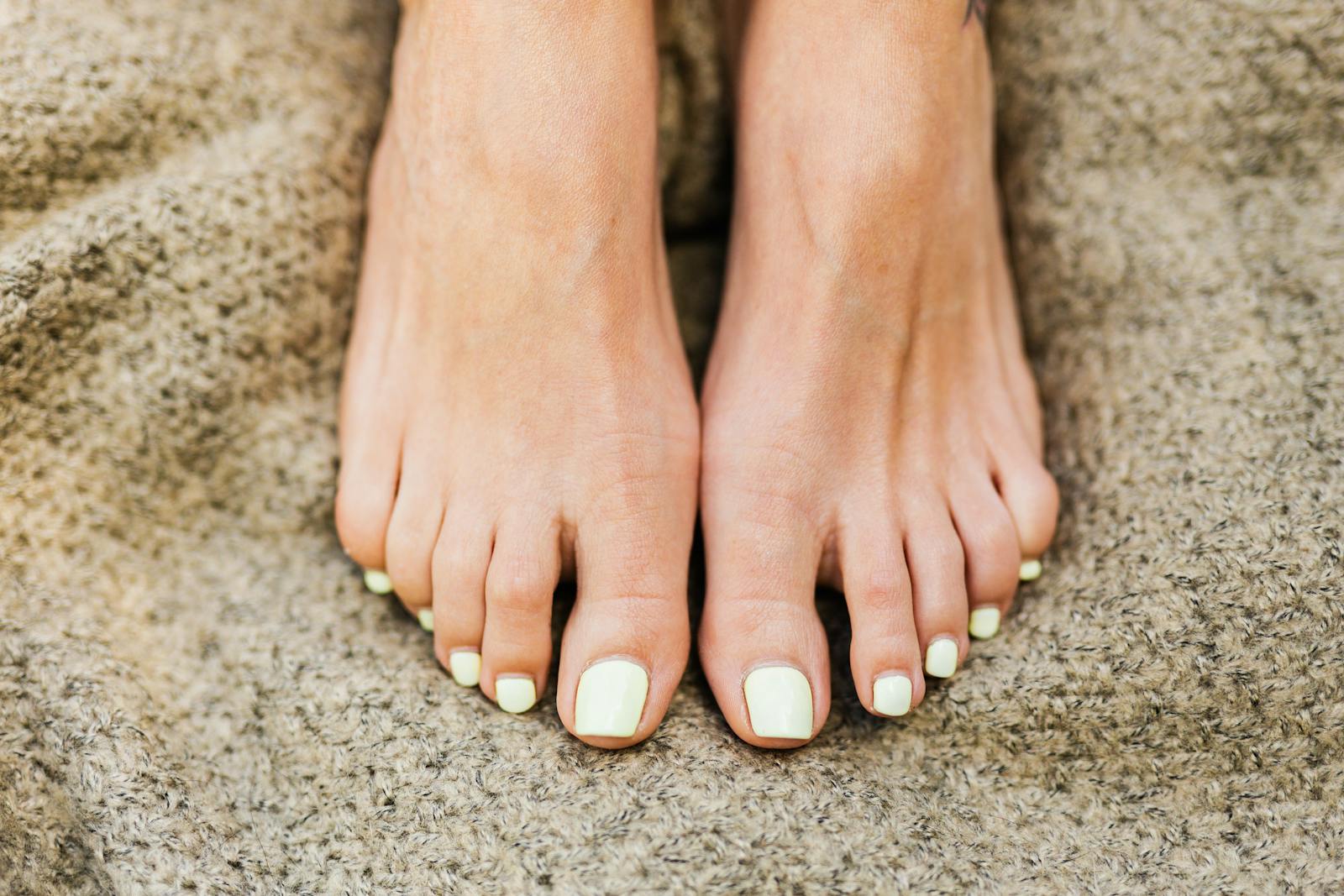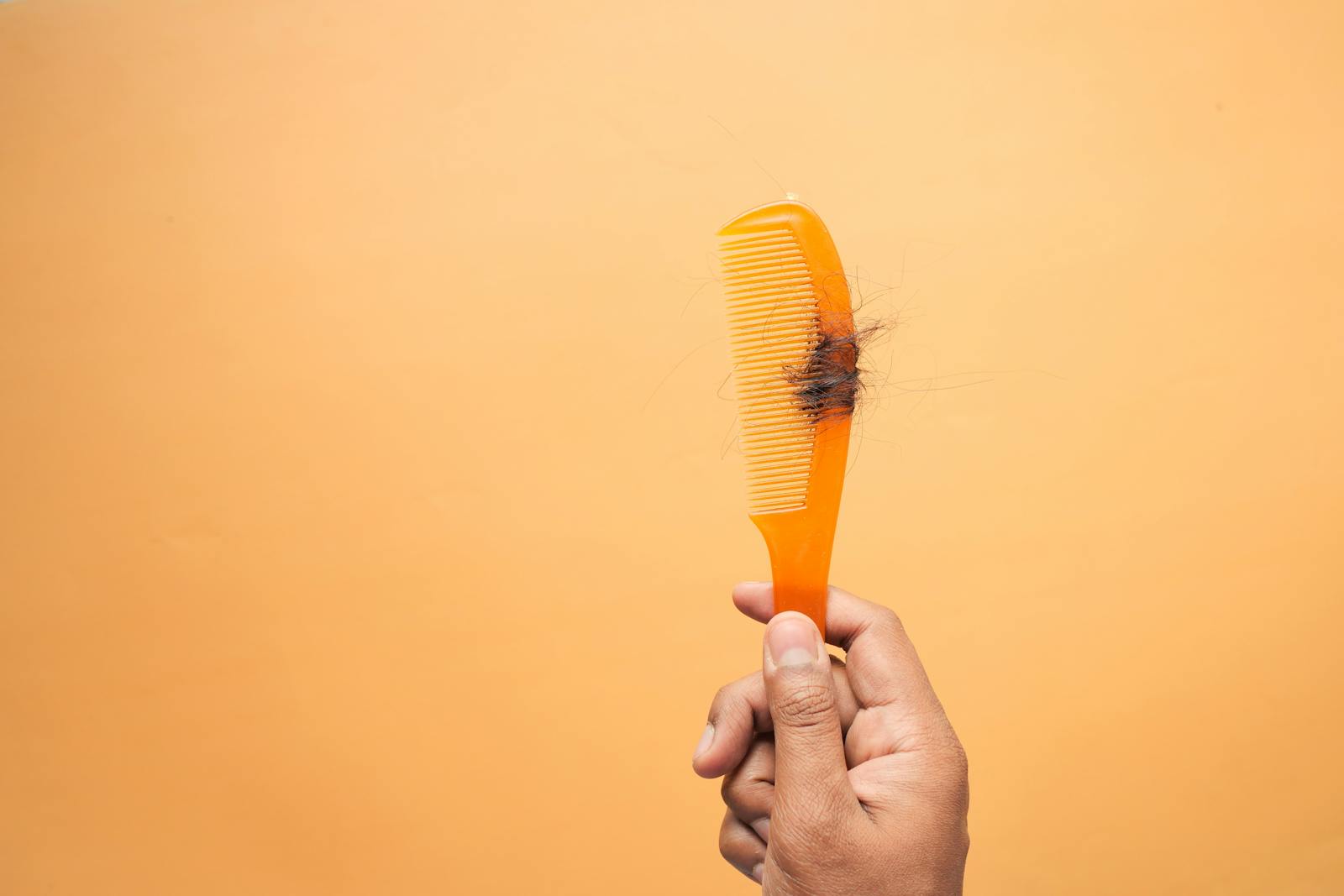Ingrown toenails are more than a minor nuisance—they can be a constant source of discomfort and, if left untreated, can escalate into infections. Many people experience temporary relief from trimming or “nicking” the nail, but without proper care, the pain returns. Understanding the root causes and adopting preventive measures is key to avoiding repeated flare-ups.
Why Ingrown Toenails Happen
Ingrown toenails occur when the edges of the nail grow into the surrounding skin, triggering a painful barrier. The nail itself is hard and continuous, and when it presses into the skin, it causes swelling, redness, and sometimes infection.
As Fabiana Pinheiro, technical coordinator of manicures at Homa salon, explains, “The skin forms a natural barrier, and as the nail keeps growing, it penetrates this barrier, causing pain and inflammation.”
Podiatrist Isabel Pereira points out that two main culprits are improper cutting and frequent use of closed, tight shoes. She also notes that certain nail shapes can predispose individuals to this problem, particularly the big toe, which absorbs the most pressure from shoes.
Prevention Starts with Proper Nail Care
Avoiding ingrown toenails begins with the way you cut your nails. Key recommendations include:
- Cut nails straight across, never rounding the corners.
- Leave a small free edge; do not cut too short.
- Avoid tight shoes, especially those that compress the toes.
- Limit heel height to about 4 cm for daily wear.
For individuals prone to discomfort at the nail corners, additional precautions include avoiding long nails with tight socks, or shoes with prominent seams. Pereira also advises buying shoes late in the day, when feet are slightly swollen, to ensure a better fit and prevent future pressure points.
Professional Care Options
Sometimes, preventive measures alone aren’t enough. Devices that gently reposition the nail can be used to guide it back into the proper growth pattern. Importantly, surgical extraction of the nail is now rare. The reasons are twofold: there is no guarantee the nail won’t grow back incorrectly, and the procedure carries a significant risk of infection.
Pedicure vs. Podiatrist
A common question is which professional to consult. Pedicures focus on aesthetics—cutting the cuticle, shaping the nail, and applying polish. Podiatrists, however, specialize in foot health and use professional tools to treat issues like ingrown nails safely.
Whenever possible, seeing a dermatologist first is recommended. A specialist can evaluate the situation, suggest the appropriate treatment, and refer to a podiatrist if needed. Pereira stresses, “Never use creams or medications without medical guidance.”
Practical Tips to Keep Nails Healthy
- Daily Foot Inspection: Check nails for redness or swelling.
- Maintain Nail Length: Avoid cutting nails too short.
- Choose Footwear Wisely: Wide toe boxes and soft fabrics reduce pressure.
- Early Intervention: Treat minor discomfort promptly to prevent infection.
By following these steps, you can significantly reduce the risk of recurring ingrown nails and maintain healthy, pain-free feet.




